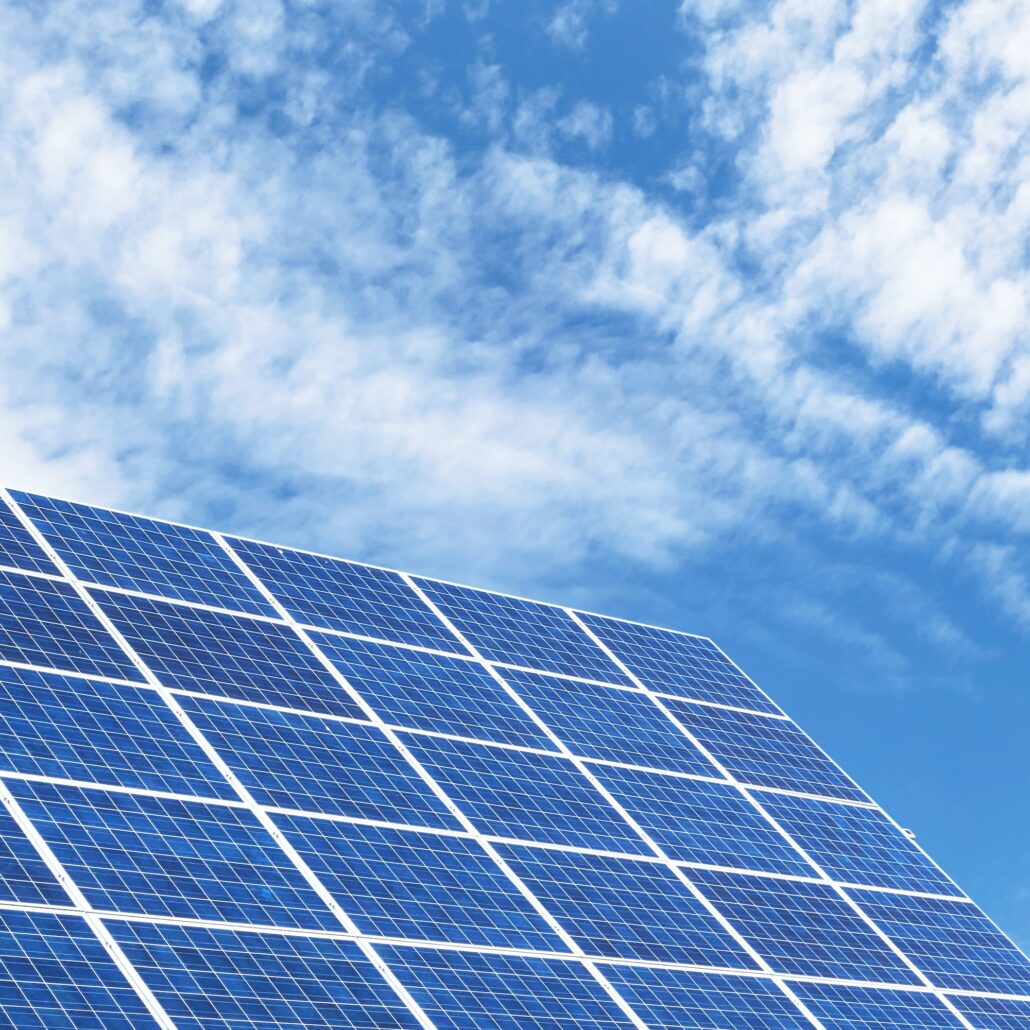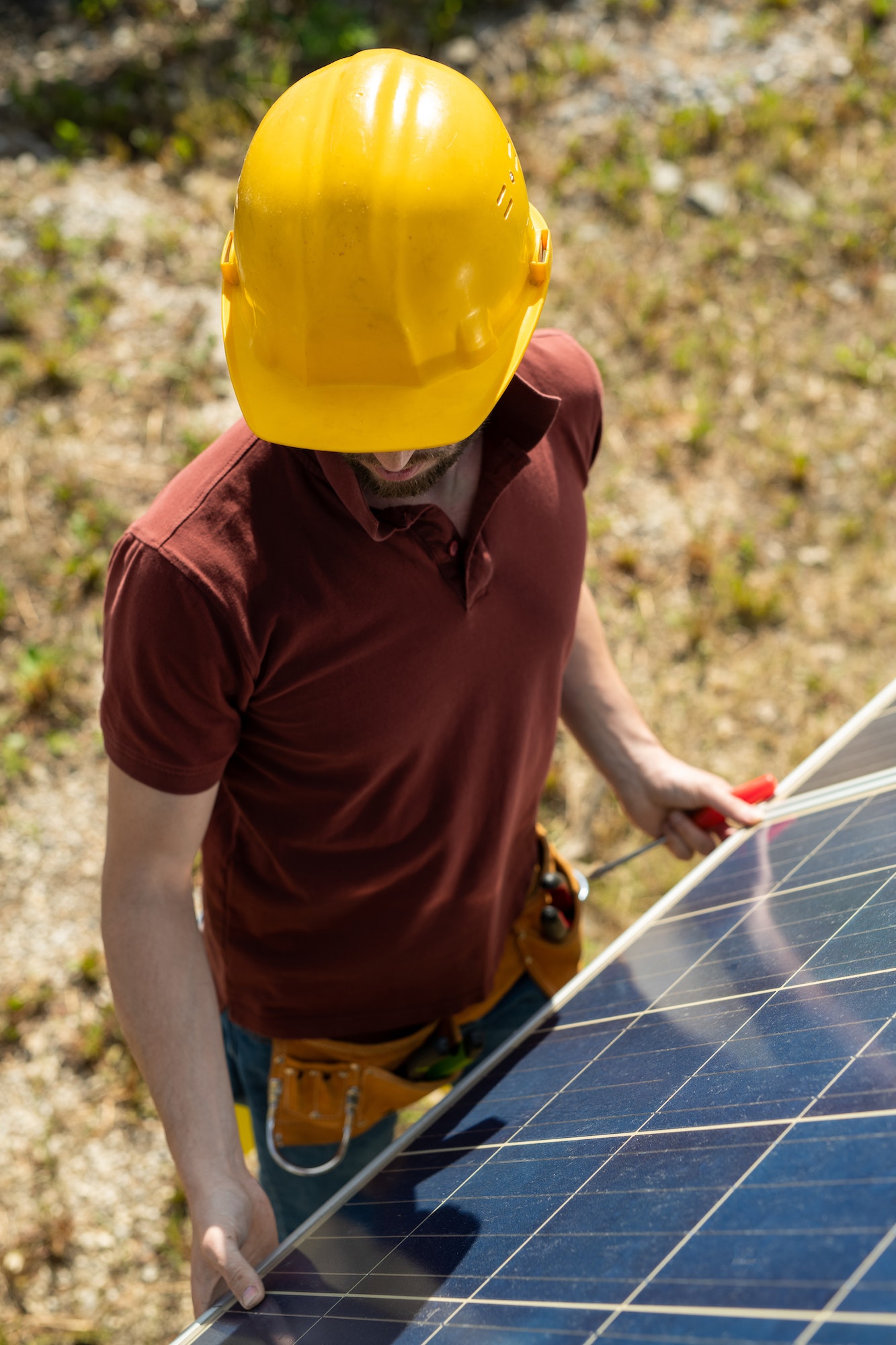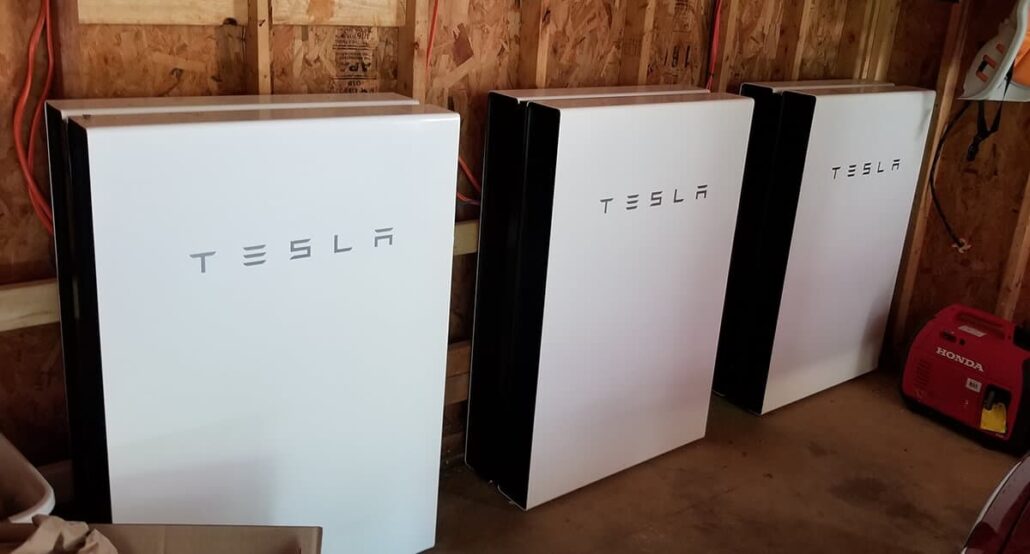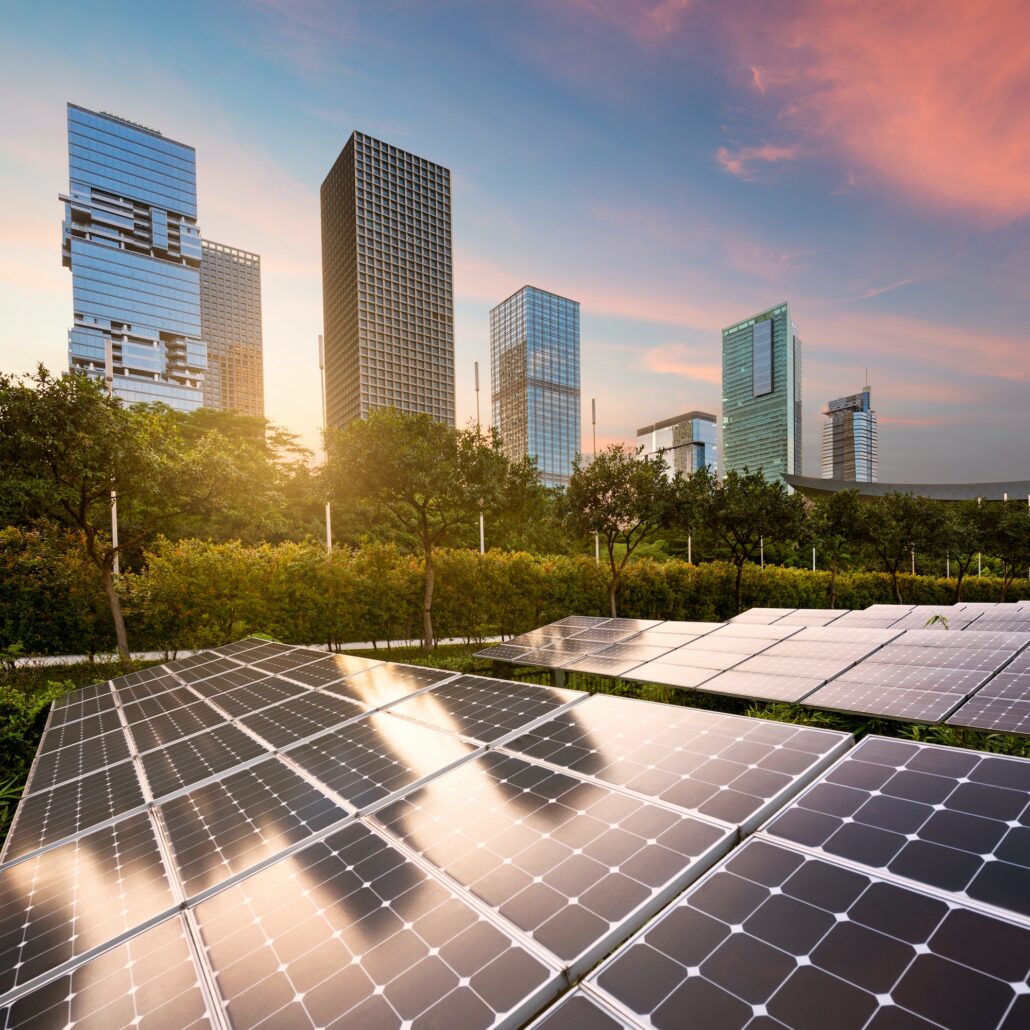What Were the Results of these Obstacles?
2022 experienced a 16 percent drop in new solar capacity as a result of the aforementioned obstacles. Community solar installations also dropped by 16 percent while commercial solar installations saw a 6 percent decrease.




